 |
 |
- Search
Artworks of Neurospine - 2019 December
- Page Path
-
- HOME
- ABOUT
- Artworks of Neurospine
1. Cover Image

- Title: Balance at the crossroads
- Year: 2019
- Artist: Christopher Ames, MD
Every day those of us who live in the San Francisco Bay Area look upon our beautiful Golden Gate Bridge and travel it’s arches back and forth between the city and Marin Headlands. It is a golden cross roads between the city and country, between the ocean and the bay, a channel for fog and mist, and rising and falling tides, blue and green water, sunsets and sunrises, sky and sea. This was taken returning from a fishing trip with my son, Sebastian, as the fog was rolling back to blanket the city at sunset. The windsurfer was able to balance perfectly despite the challenge of rushing water and fog just as he approached the center of the bridge. (written by Christopher Ames)

- Christopher Ames, MD
Professor of Clinical Neurological Surgery and Orthopaedic Surgery
Director of Spinal Deformity & Spine Tumor Surgery
Co-director, Spinal Surgery and UCSF Spine Center
Director, California Deformity Institute
Director, Spinal Biomechanics Laboratory
Dr. Ames is the director of spinal deformity and spine tumor surgery and co-director of the combined high risk spine service, the Neurospinal Disorders Program, and the UCSF Spine Center. He is board certified in neurosurgery. He was named to the 2015-2019 Top Doctors lists in San Francisco Magazine, and among America’s Top Doctors for both neurosurgery and cancer from 2010 to 2019. His tumor practice focuses on en bloc tumor resection for chordoma, chondrosarcoma, giant cell tumor, soft tissue sarcoma, sacral tumors, and other primary and metastatic tumors. While at UCSF, Dr. Ames developed and published the transpedicular approach to previously unresectable cervical and cervical thoracic tumors. He serves as Spine Section Lead editor for Operative Neurosurgery.
From: https://profiles.ucsf.edu/christopher.ames#narrative
1. Selection of Dr. Christopher Ames

https://www.e-neurospine.org/upload/pdf/ns-1938410-205.pdf

- Title: “Reflections in Venice” 2010
- Artist: Christopher Ames
- Year: 2010
I was wandering the city late at night and noticed this church reflection opposed to the floating emotional masks of the carnival. Now we should all keep this amazing city close to our hearts as it’s eternal beauty recovers from floods of historic proportions. (written by Christopher Ames)
2. Selection of Dr. Luis Perez-Breva

https://www.e-neurospine.org/upload/pdf/ns-1938404-202.pdf
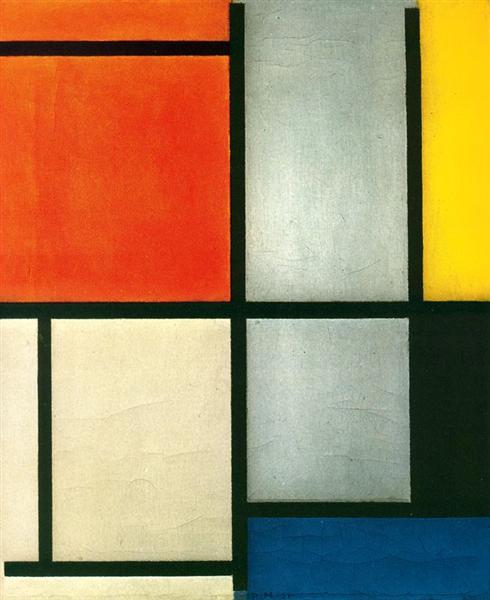
- Title: Tableau 3 with Orange -Red, Yellow, Black, Blue and Gray
- Artist: Piet Mondrian
- Year: 1921
3. Selection of Dr. Victor Staartjes

https://www.e-neurospine.org/upload/pdf/ns-1938434-217.pdf
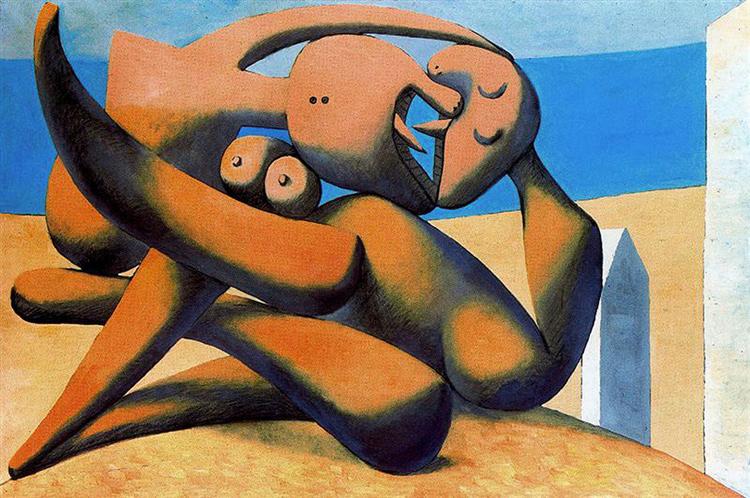
- Title: Figures at the seaside
- Artist: Pablo Piccaso
- Year: 1931
A series of bizarre erotic beach scenes, including The Kiss, was painted in the summer of 1931 at Picasso's French Riviera vacation resort, Juan-les-Pins. Said to be inspired by the 50-year-old painter's liaison with 19-year-old model, Marie-Therese Walter, the grotesque nature of the depicted forms reduces this moment of intimate contact to a level of crudity, probably more representative of his deteriorating relationship with his wife, Olga.
The praying mantis-like head of the two figures was a popular image with the Surrealists because the perverse concept of the female insect eating her mate after intercourse provided another visual metaphor of the 'life and death' paradox. Here, the heads incorporate Picasso's obscene vagina dentatta teeth imagery, as well as penile tongues
More information: https://www.pablopicasso.org/figures-at-the-seaside.jsp
© 2019 - Succession Pablo Picasso - SACK (Korea)
4. Selection of Dr. Lawrence Lenke

https://www.e-neurospine.org/upload/pdf/ns-19edi-020.pdf

- Title: Ma Jolie
- Artist: Pablo Picasso
- Year: 1911-12
Ma jolie (My pretty girl) was the refrain of a popular song performed at a Parisian music hall Picasso frequented. The artist suggests this musical association by situating a treble clef and music staff near the bold, stenciled letters. Ma jolie was also Picasso's nickname for his lover Marcelle Humbert, whose figure he loosely built using the signature shifting planes of Analytic Cubism. This is far from a traditional portrait, but there are clues to its representational content. The central triangular mass subtly indicates the shape of a woman's head and torso, and a group of six vertical lines at the painting's lower center represent the strings of a guitar, which the woman strums. In Cubist works of this period, Picasso and Georges Braque employed multiple modes of representation simultaneously: here, Picasso combined language (in the black lettering), symbolic meaning (in the treble clef), and near abstraction (in the depiction of his subject).
More information: https://www.moma.org/collection/works/79051
© 2019 - Succession Pablo Picasso - SACK (Korea)
5. Selection of Dr. Kenneth MC Cheung

https://www.e-neurospine.org/upload/pdf/ns-1938438-219.pdf
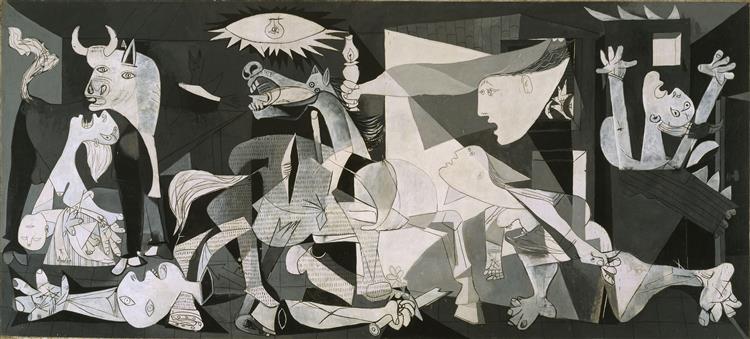
- Title: Guernica
- Artist: Pablo Picasso
- Year: 1937
Guernica was Picasso's response to the bombing of the Basque town of the same name on April 26, 1937 during the Spanish Civil War. Picasso was commissioned by the republican government of Spain to produce a mural painting for the Spanish Pavilion at the World Fair in Paris. Painted in one month - from May to June 1937 - Guernica became the centerpiece of the Spanish pavilion and a sensation at the Fair, but it was consequently banned from exhibition in Spain until military dictator Franco fell from power in 1975.
Picasso had studied dramatic photographs of bombing published in various periodicals. Despite that, neither the studies nor the finished picture contain a single allusion to a specific event, constituting instead a generic plea against the barbarity and terror of war. The scene depicted in Guernica is a room full of moving, screaming and dying adults, children and animals. Most of the individual images are also symbols: a bull (virility of man), a woman with a dead child (pieta image), a horse (innocent people), a dead soldier with stigmata (martyrdom), a blazing light (bombs), a prison cell (torture), a dove (peace).
6. Selection of Dr. Nicolai Maldaner

https://www.e-neurospine.org/upload/pdf/ns-1938400-200.pdf
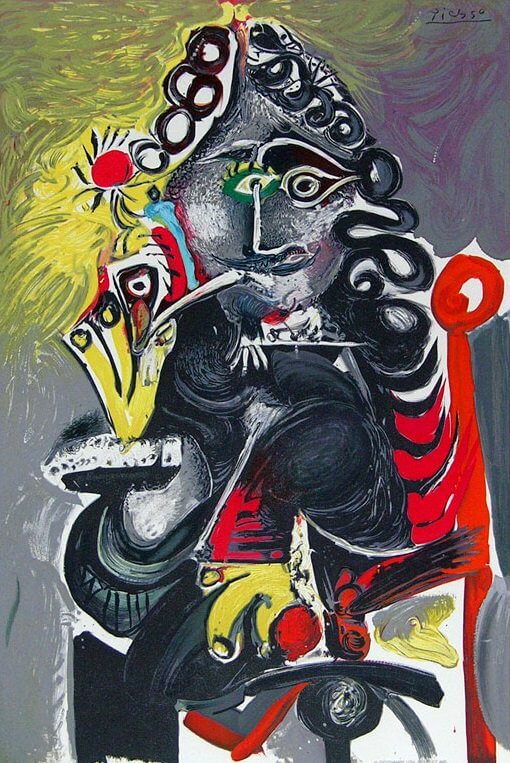
- Title: Musketeer with Pipe
- Artist: Pablo Picasso
- Year: 1967
Musketeers became a recurring theme in Picasso's art as he was recuperating after surgery in late 1965 (he was 84 at the time). With nothing much to do, he was then rereading his favourite literary classics – which included Alexander Dumas. Apart from that, Bernard Borderie's popular film "The Three Musketeers" was shown on TV at the time. These probably provided an inspiration for Picasso's subsequent works.
The newspaper headlines of the time are dominated by news of the war in Vietnam, of Soviet troops entering Czechoslovakia, of student riots in Paris; Picasso's musketeers provide an odd contrast. He seems to be absorbed in the romantic images of "good old days" – more a quixotic figure beyond normal space and time than the man who had once created the immortal "Guernica". But it's not as simple as that: through his musketeers, Picasso manages, once again, to translate his staunch pacifism into his work. The musketeers, sarcastically shown as puffed up with immense, ludicrous pride, provide a perfect illustration for the idea. The choice of the subject is significant: rather than an efficient military force, the musketeers have always been regarded as romantic figures and cult objects. Their anachronistic attire, feathered hats and the swords they carried – aren't these a fitting allusion to war itself being outdated and futile?
More information: https://www.pablo-ruiz-picasso.net/theme-musketeer.php
© 2019 - Succession Pablo Picasso - SACK (Korea)
7. Selection of Dr. Michael Fehlings

https://www.e-neurospine.org/upload/pdf/ns-19edi-018.pdf

- Title: Factory at Tortosa
- Artist: Pablo Picasso
- Year: 1909
When Picasso visited Horta de Ebro in the summer of 1909, it was his second visit to the village on the Aragon border, having earlier spent seven months there in 1898 with his friend Manuel Pallares. Horto, like Gosol was a quiet mountain village and here Picasso began a series of landscape views. These followed on from the paintings he had produced a gear earlier at La Rue-des-Bois, as well as Braque's views of L'Estaque, One of the best known of these works, Factory at Tortosa, again draws heavily from Cezanne both in colour and form.
More information: https://www.pablopicasso.org/factory-at-horta-de-ebro.jsp
© 2019 - Succession Pablo Picasso - SACK (Korea)
8. Selection of Dr. Toshihiro Takami
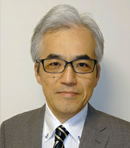
https://www.e-neurospine.org/upload/pdf/ns-19edi-019.pdf

- Title: Ma Jolie
- Artist: Pablo Picasso
- Year: 1911-12
Ma jolie (My pretty girl) was the refrain of a popular song performed at a Parisian music hall Picasso frequented. The artist suggests this musical association by situating a treble clef and music staff near the bold, stenciled letters. Ma jolie was also Picasso's nickname for his lover Marcelle Humbert, whose figure he loosely built using the signature shifting planes of Analytic Cubism. This is far from a traditional portrait, but there are clues to its representational content. The central triangular mass subtly indicates the shape of a woman's head and torso, and a group of six vertical lines at the painting's lower center represent the strings of a guitar, which the woman strums. In Cubist works of this period, Picasso and Georges Braque employed multiple modes of representation simultaneously: here, Picasso combined language (in the black lettering), symbolic meaning (in the treble clef), and near abstraction (in the depiction of his subject).
More information: https://www.moma.org/collection/works/79051
© 2019 - Succession Pablo Picasso - SACK (Korea)
9. Selection of Dr. Atul Goel

https://www.e-neurospine.org/upload/pdf/ns-1938384-192.pdf
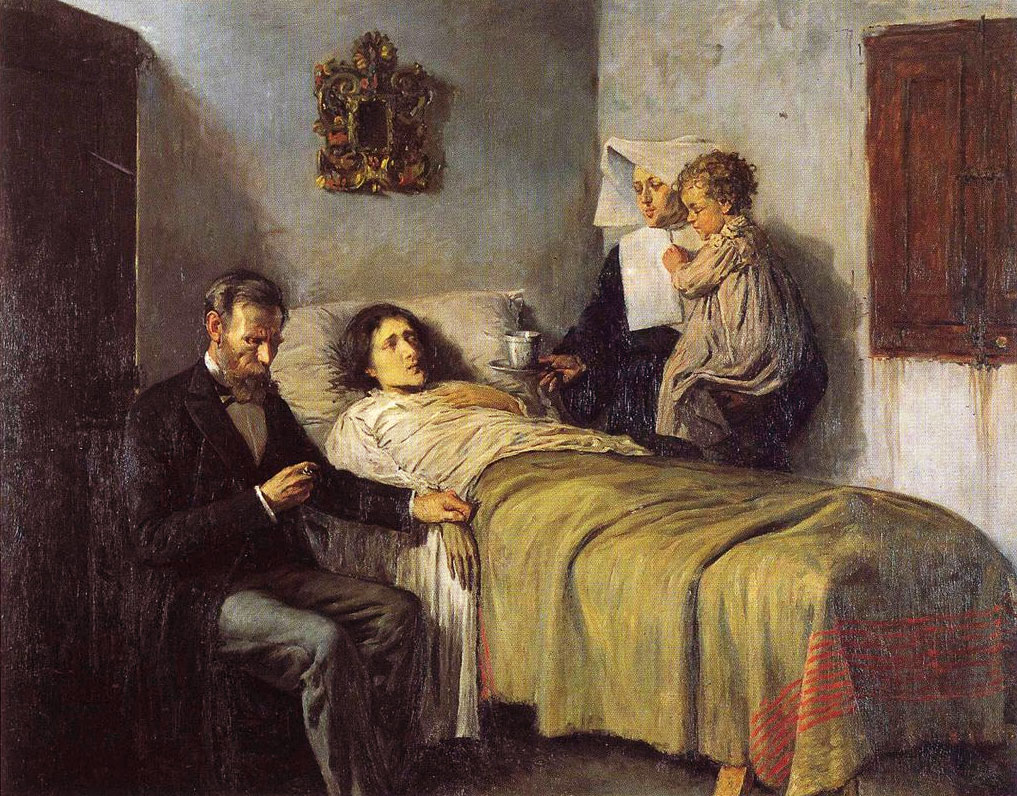
- Title: Science and Charity
- Artist: Pablo Picasso
- Year: 1897
In 1897, Picasso, following the advice of his father, painted a huge canvas in the academic manner. Of course, in duty to his father’s wishes, Picasso, who unwittingly discovered expressionism last summer and painted one of the best Spanish portraits - a portrait of a devout and crazy Aunt Pepa, - became much more conservative at the time. "The Science and Charity" is no more than a usual genre painting, the composition of which is surely thought-out by Pablo’s father; furthermore, it is evident that its theme and composition are inspired by the painting by Enrique Paternina, "Mother's Visit". It must be noted that this work continues to admire people, who are not into art, wondering how a 15-year-old teenager managed to paint such a perfect picture.
More information: https://www.pablo-ruiz-picasso.net/work-11.php
© 2019 - Succession Pablo Picasso - SACK (Korea)



-
Journal Impact Factor 3.2








-


-
First decision
27 Days
Publication after acceptance
88 Days
Submission to publication
137 Days
Acceptance rate
19 %
*Last 12 months












